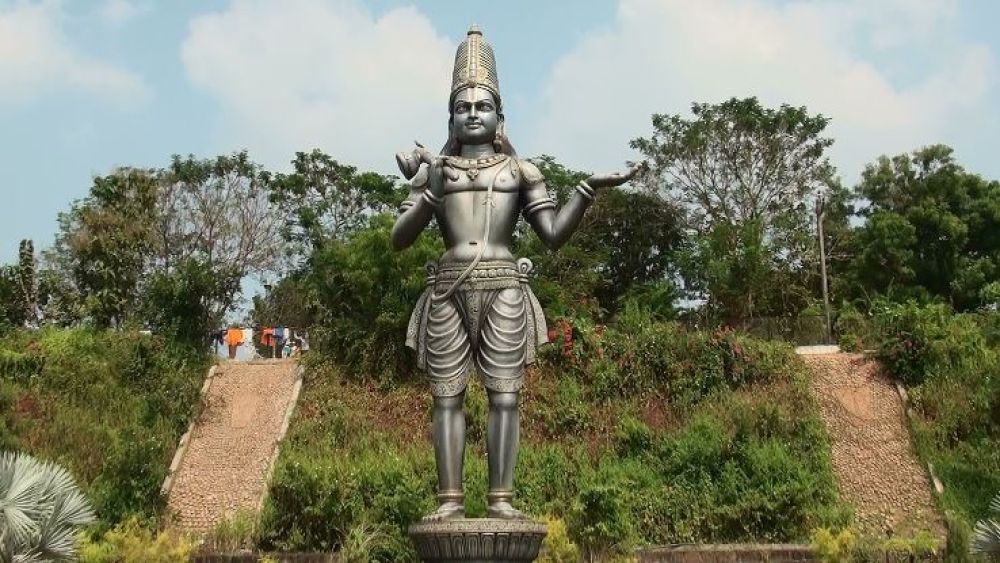

Dwaraka Tirumala, often referred to as Chinna Tirupati or Small Tirupati, is a prominent pilgrim destination located near Eluru in the West Godavari District of Andhra Pradesh, India. It is widely acclaimed for the Lord Venkateswara Temple, also known as Sri Venkateswara Swamy Vari Devasthanam. The history of tourism in Dwaraka Tirumala is intrinsically linked to the temple's legendary and mythological roots, stretching back to ancient times.
The temple is believed to have been constructed during the times of the great sage, Dwaraka, who found the self-manifested idol of Lord Venkateswara after rigorous penance. The history of the temple and its worshippers can be traced back to several centuries, with references to Dwaraka Tirumala found in ancient texts. Pilgrims have been visiting this sacred site since the temple's establishment, seeking blessings and witnessing the deity in the divine atmosphere of the hills.
Tourism in Dwaraka Tirumala has evolved significantly over the years. Initially, the site attracted devotees from nearby villages and towns. However, with the rise of religious importance and the emergence of better roads and transportation, Dwaraka Tirumala became accessible to pilgrims from all over India.
The development of facilities such as accommodations, food services, and the improvement of infrastructural amenities has bolstered the temple town's capacity to host an increasing number of visitors annually. The Andhra Pradesh Tourism Development Corporation (APTDC) has played a pivotal role in promoting Dwaraka Tirumala as a major pilgrimage and cultural destination.
Currently, the tourism in Dwaraka Tirumala is marked by a blend of spirituality, culture, and natural beauty. Visitors not only come for the darshan of the deity but also to experience the tranquil environment of the surrounding hills and valleys. The most significant recent tourism trend is the introduction of online services, allowing devotees to book darshan, accommodation, and other rituals in advance, which has streamlined the pilgrimage process.
The town sees a considerable spike in tourist numbers during auspicious days and festivals like Brahmotsavams, when the temple conducts special events and rituals. Eco-tourism is also emerging as a trend, where visitors seek to explore the nearby natural attractions such as Kolleru Lake, without impacting the serene environment.
To cater to the changing preferences of tourists, there has been a rise in the development of family-friendly accommodations, eateries offering diverse cuisine options, and even guided tours that include nearby historical sites. The blend of religious significance, coupled with the natural beauty and improved tourist amenities, has made Dwaraka Tirumala a well-rounded tourism experience.
The history of tourism in Dwaraka Tirumala is deeply rooted in its religious origins but has expanded to include diverse aspects of travel and exploration. Its ongoing evolution demonstrates the dynamic nature of pilgrimage tourism and its capacity to adapt to modern trends while retaining its sacred atmosphere. As infrastructure continues to improve and services become more tourist-friendly, Dwaraka Tirumala is set to remain a cherished destination for pilgrims and travelers alike.